Let me quickly say before you scroll off into the ranked David Fincher wilderness, the top five as the final results were counted was so, so close, the order of the final list could have been a little different very easily. I suspect there will be equal measures of jubilation and heartbreak here. Without further ado, here are the big five:
5) Fight Club

It’s arguable that this is the broiest of bro movies, and that it’s a requisite to see this when you’re in college and make it your new mission to be like Tyler Durden. But even though it is a bro movie, anyone can enjoy it and not be a douche for liking it. Putting its reputation aside, it’s a great movie because Edward Norton, Helena Bonham Carter, Meat Loaf, Jared Leto, and Brad Pitt are awesome in it, it’s got a fun story about people fighting to make themselves feel better, and lastly, because it does a great job with its social commentary about the “buy culture” of Americans, and about how consumerism is bad. I also like it because it plays with our expectations and understandings about what’s really going on in the movie, and it has one of the best twists ever put to screen. – – – by Al
4) The Social Network
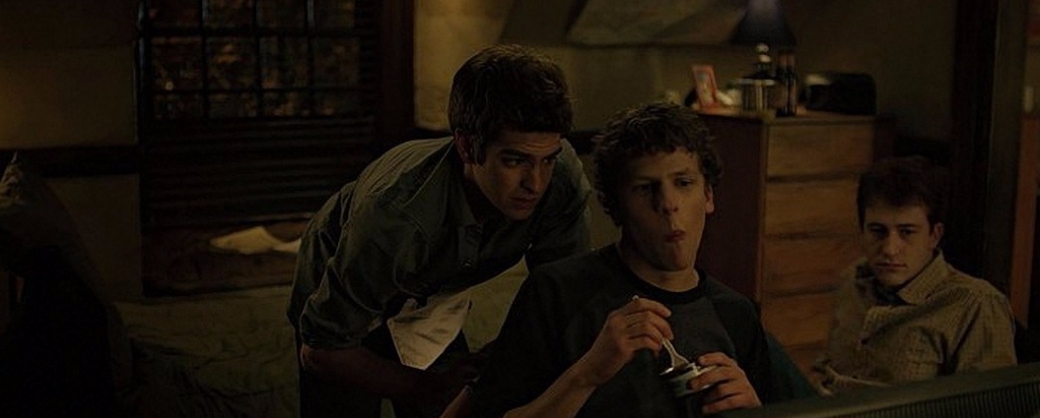
When it was announced that Columbia would be making a film based on Facebook, the reaction was what our collective reaction was to Sony developing an animated movie based on emojis. And then we’re treated to the film’s opening scene where, right out of the gate, we’re bearing witness to something special: Mark Zuckerberg (A terrific Jesse Eisenberg) gets dumped by Eric Albright (Rooney Mara), calling him an asshole on the way out. Fueled by social rejection, he does what any pissed off, privileged little shit would do – call his date a bitch on Live Journal who’s trying to hide her small tits, then hack into Harvard’s database and create a website based on how attractive or unattractive the female population is!
Okay, so any asshole could probably do that nowadays, but Fincher and his crew capture the act of a social movement being born, ironically enough, from someone who doesn’t know how to be social in real life. From there, it’s a tale worthy of a Greek tragedy – genius, betrayal, money and hubris, all set to an icy-cool score from Trent Reznor & Atticus Ross, and the dark irony/satire both its director and screenwriter Aaron Sorkin are highlighting: a generation of users hiding behind seemingly perfect identities to hide who and what we really are, hoping to reach out and feel as if we’re not alone. – – – by Jonathan
3) Zodiac
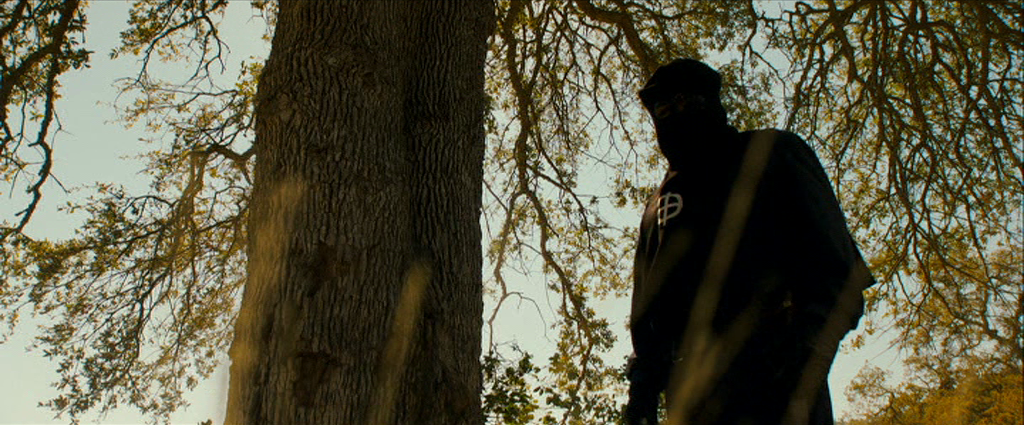
As unorthodox a serial killer movie as you might get perhaps, drawn out, the culprit never caught, and yet ticks all the familiar boxes of the thrillers we used to love. Going back to the 1970s on many levels, the film depicts, but also feels like the era through it’s production – hailing back to some of those classic movies of the time. Zodiac is enduring, but not too long. Grounded, balanced, but never dull. Many consider it Fincher’s finest film, given the immaculate framing, intricate story-telling, and fine-tuned, authentic performances from Jake Gyllenhaal, Mark Ruffalo, and Robert Downey Jr. in particular. – – – by Robin
2) Gone Girl

When I spoke to Carrie Coon last year I made a joke that I thought The Leftovers was a documentary about the absence of the movie Gone Girl come those Academy Award nominations. The actress laughed, but the actuality of just a single nod for Gone Girl was appalling. There were no acting nods for Coon, Kim Dickens, Ben Affleck, though not really in the running they were viable options. Seemingly on good terms with the Oscars folk, David Fincher’s huge hit was nowhere to be seen in the Best Picture it Best Director lists. Fincher’s masterly handling of the material, shadows and lights, framing and cuts, is some of the best of his career.
With consecutive Oscar nominations under Fincher for The Social Network and The Girl with the Dragon Tattoo, cinematographer Jeff Cronenweth should also get credit for menacing, beautiful images throughout the picture. Winning Oscars for those last two films, Kirk Baxter returns (without Angus Wall) to demonstrate yet another ensemble of stunning transitions in his editing. Nothing for Trent Reznor and Atticus Ross, once again breaking ground with an uncompromising music score.
There are, of course, two incredible women instrumental to Gone Girl’s allure and impact. Author of the book Gillian Flynn writes a screenplay so assured you’d think she’d been in the movie business for years. Flynn’s snub for Adapted Screenplay probably hurt us the most. And then astonishing Rosamund Pike, she was the film’s sole representative at the Academy Awards, and should have won Best Actress in my view. Her Amy is indeed amazing on screen through that illusive, bold performance from Pike, packing a punch so hard it’s hard to forget. Nor do I intend to. – – – by Robin
1) Seven
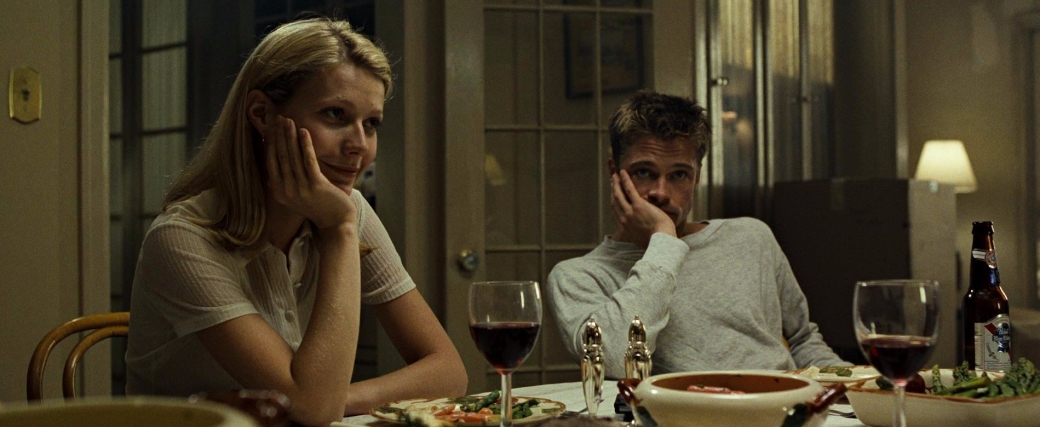
Se7en is one of the films that made me love cinema the way I do today, and the person responsible for that is its director, David Fincher. Coming from “hell” after the Alien 3 controversy, Fincher decided to create his own version of “hell”, aided by Andrew Kevin Walker’s script revolving on a serial killer that uses the 7 deadly sins as guide for the murders. Two detectives, veteran William Somerset (Morgan Freeman) and young David Mills (Brad Pitt), oversee stopping this monster from getting any further with his list; we watch as these two very different people deal with their personal and work struggles and how they try to get along so the case can be solved, but unfortunately to them, this is no ordinary case.
Youcan feel this from the beginning: all the never-ending rain, the hideous urban sounds, plus the filmic elements like the tones of gray photography by Darius Khondji and the heart-pounding score by Howard Shore, Fincher couldn’t have created a better version of hell on Earth. Add to that the unforgettable performance by Kevin Spacey as divine justice caretaker John Doe and his mastermind ending to a perfect serial killing run, you get a film that catapulted Fincher’s career and established him as one of the best directors of the Suspense, Thriller genres. Since then Fincher has awe us with good and great films that show us how much he’s capable of when he’s set free to run his show. – – – by Joel
So there we have it. How did your favorites rank? Any surprises? Comment away.



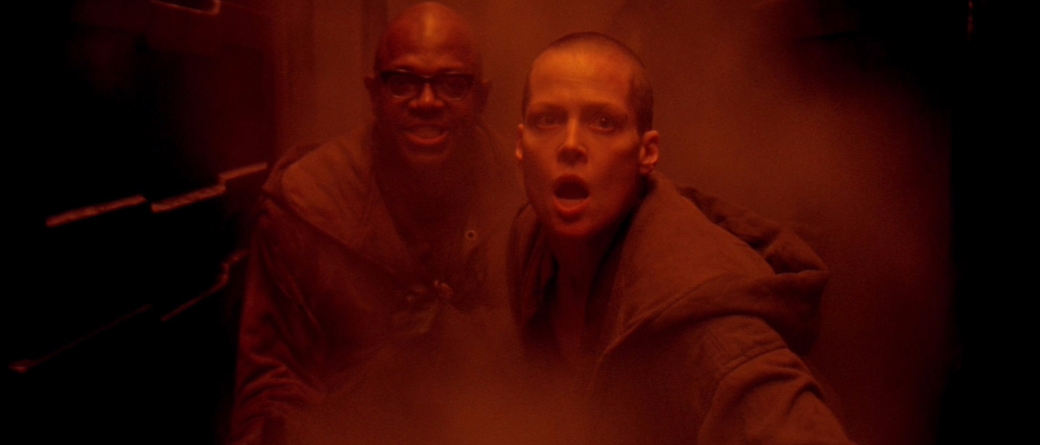


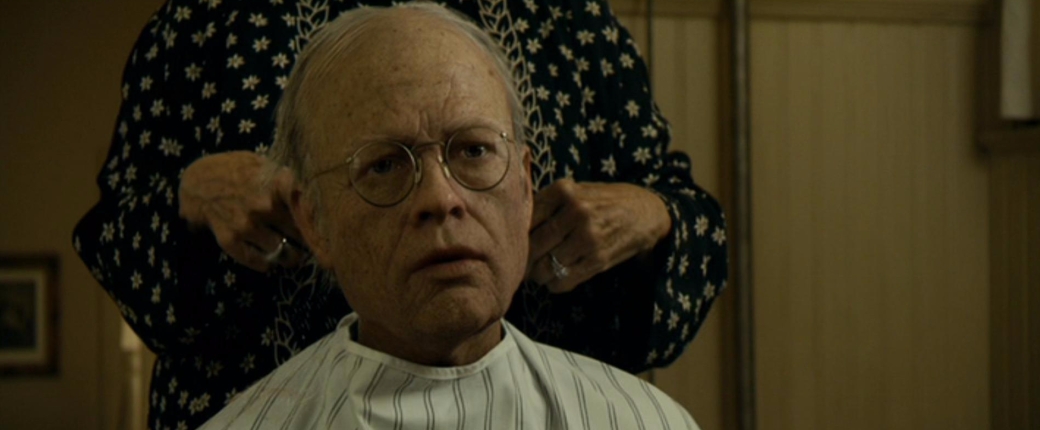


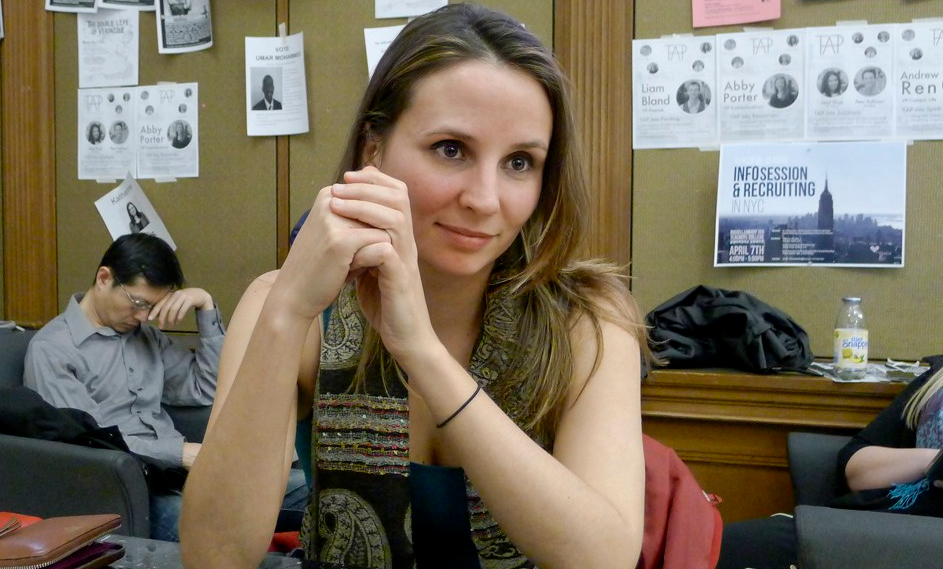
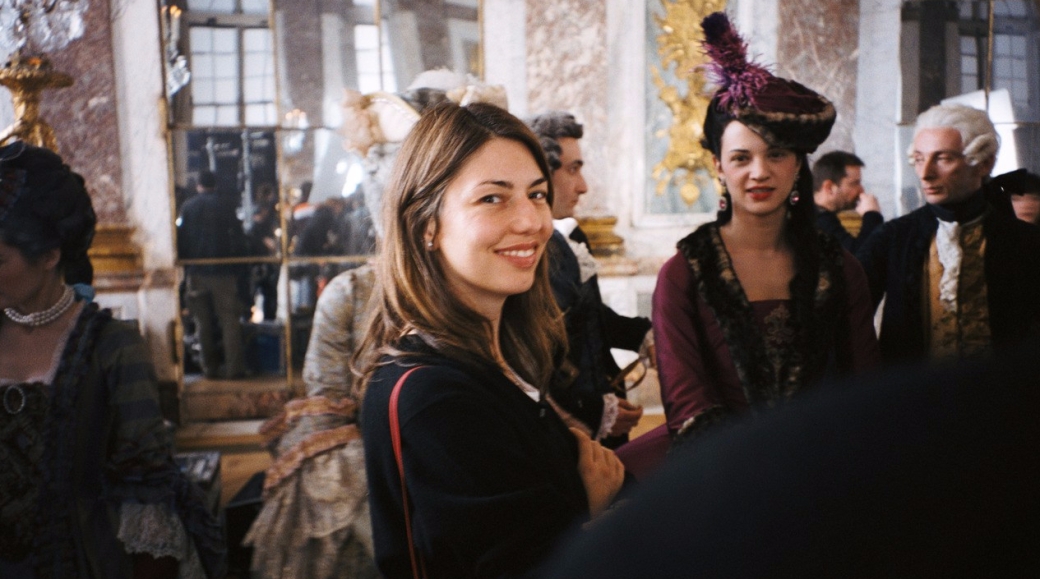


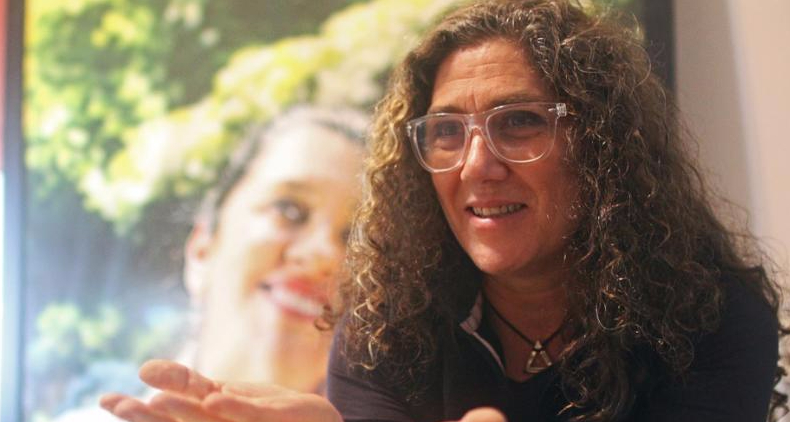
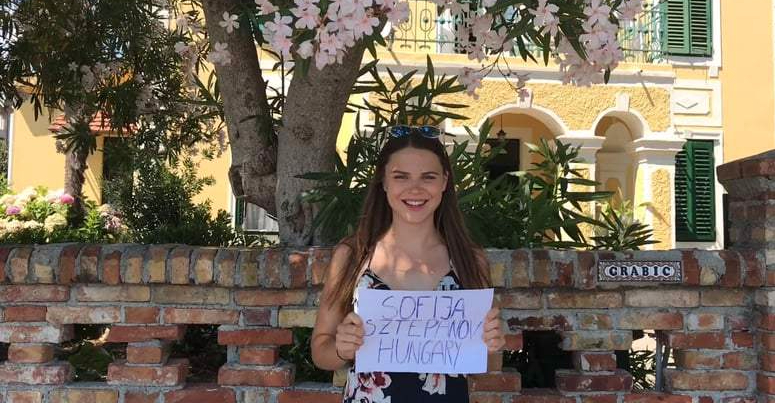

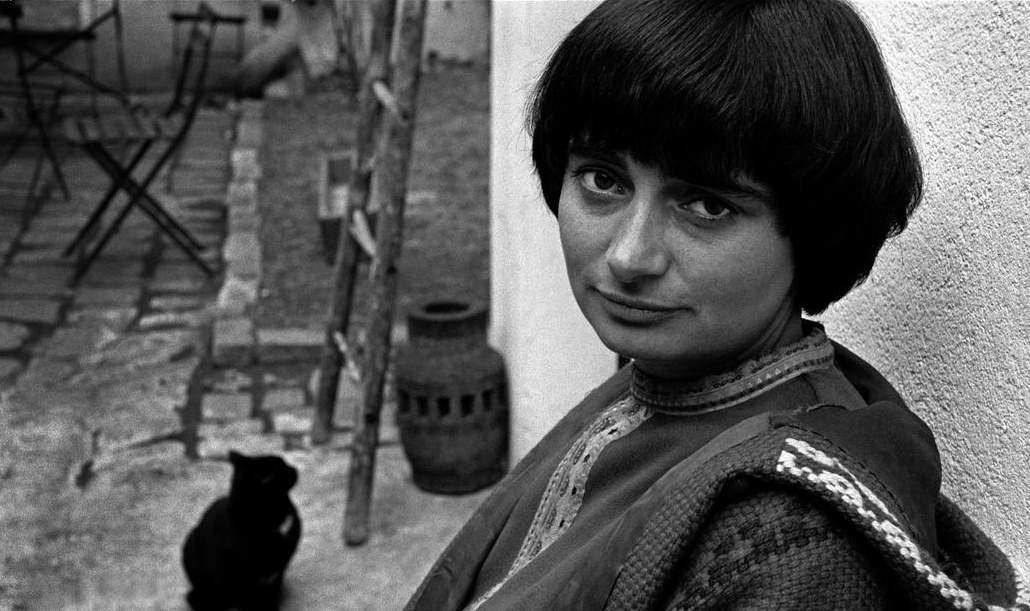
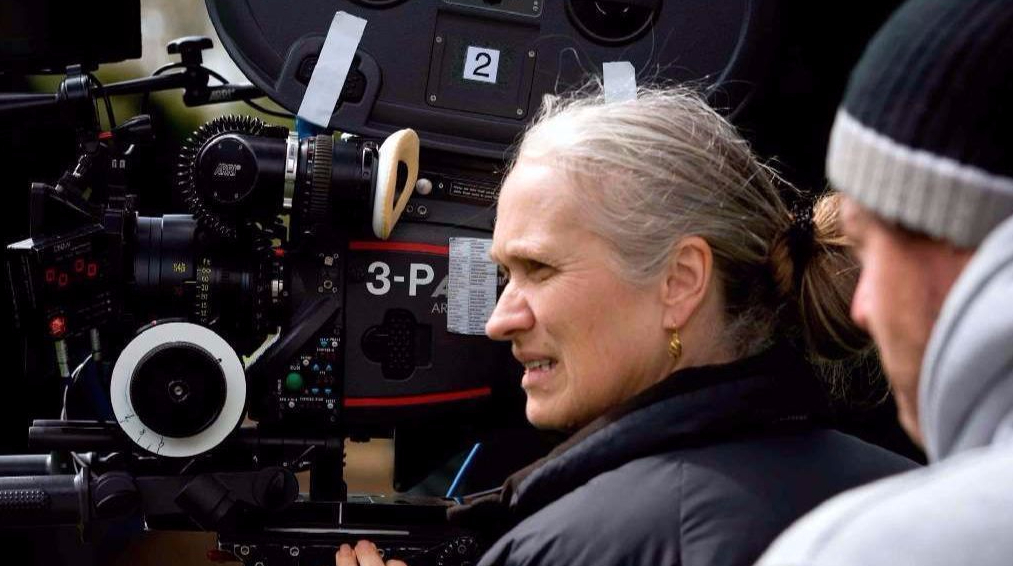


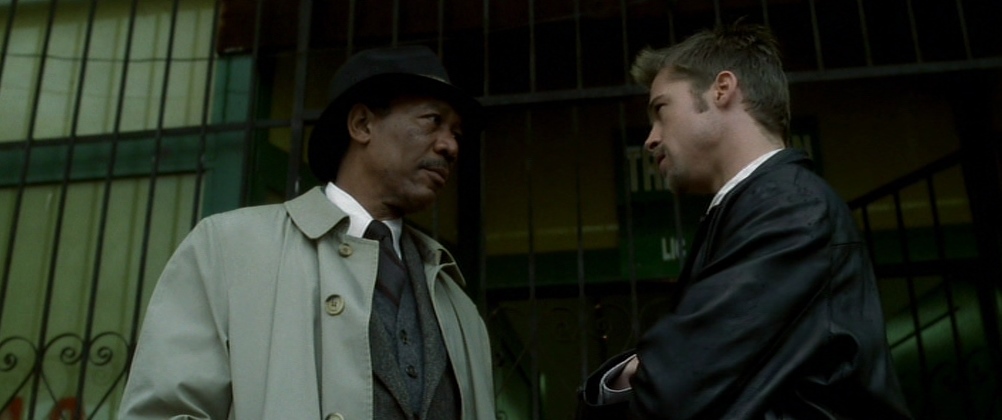
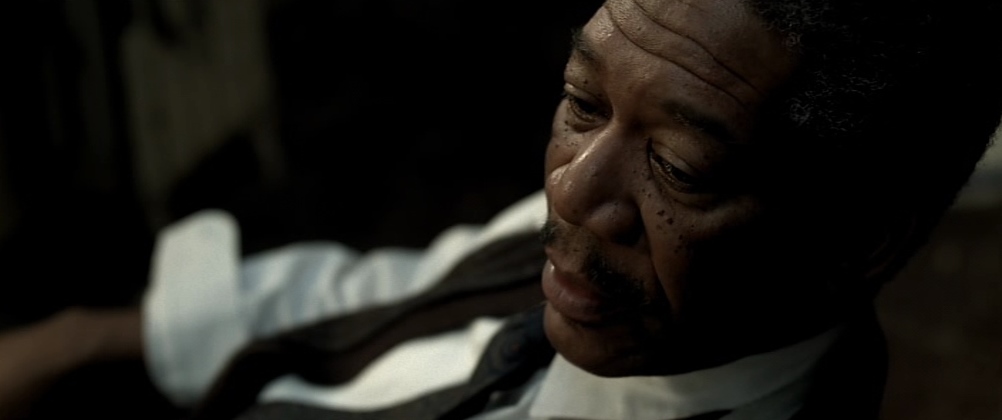
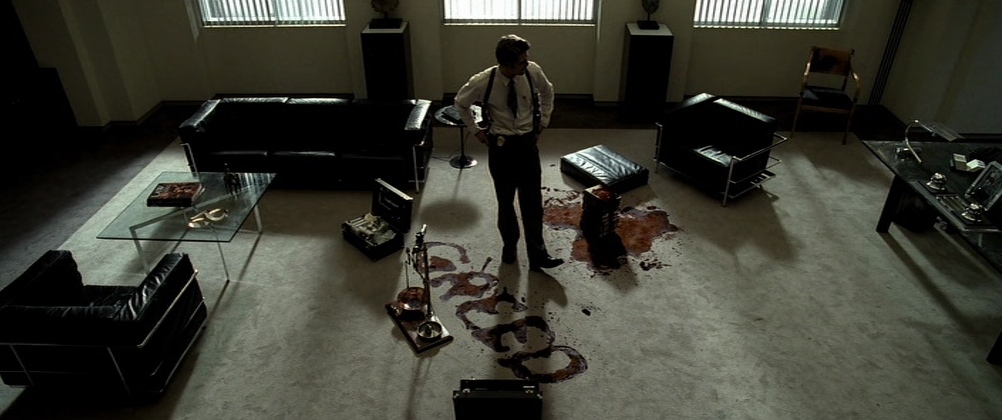
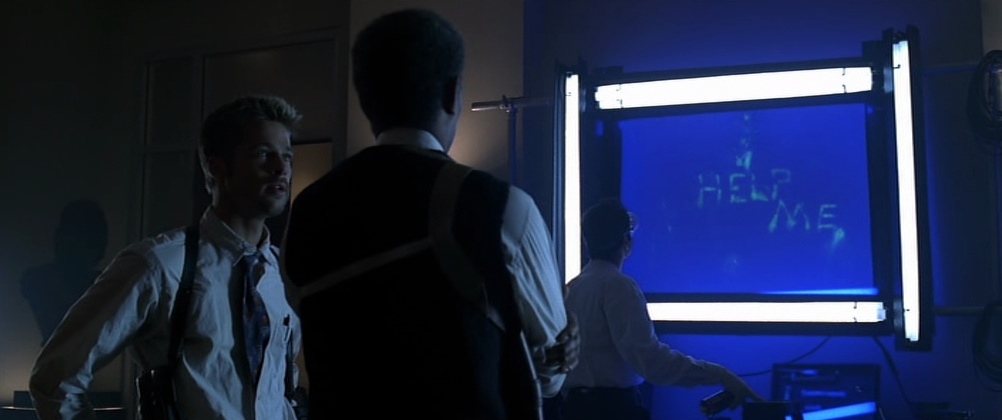
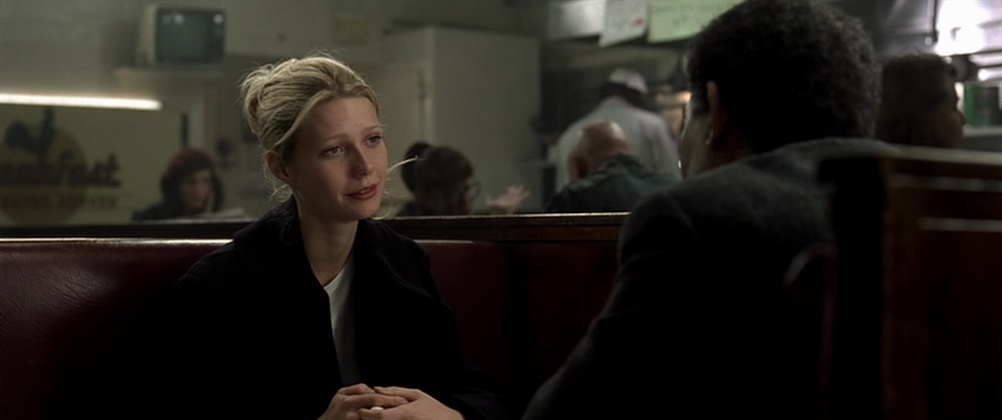

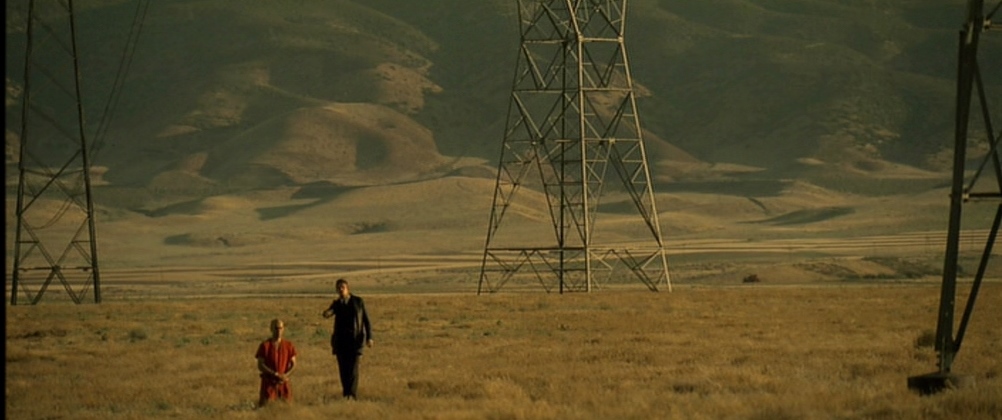

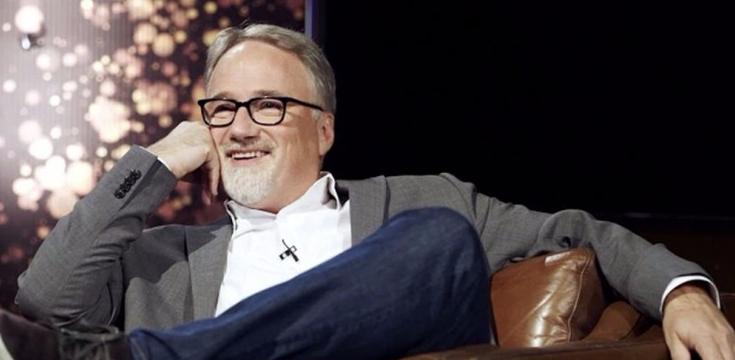


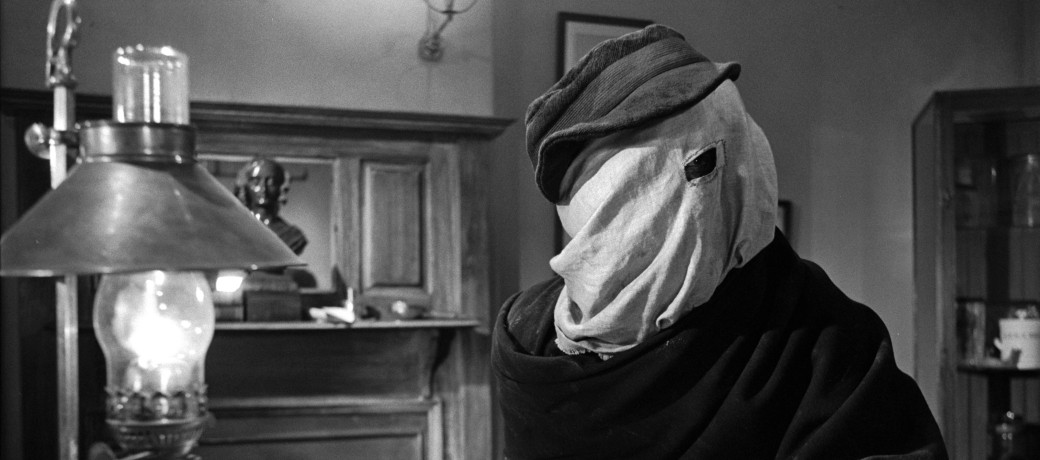
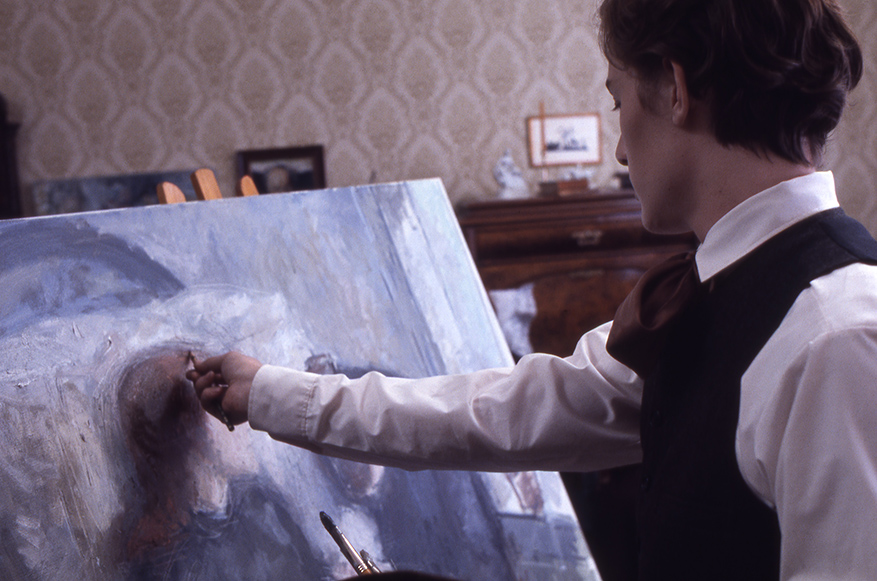
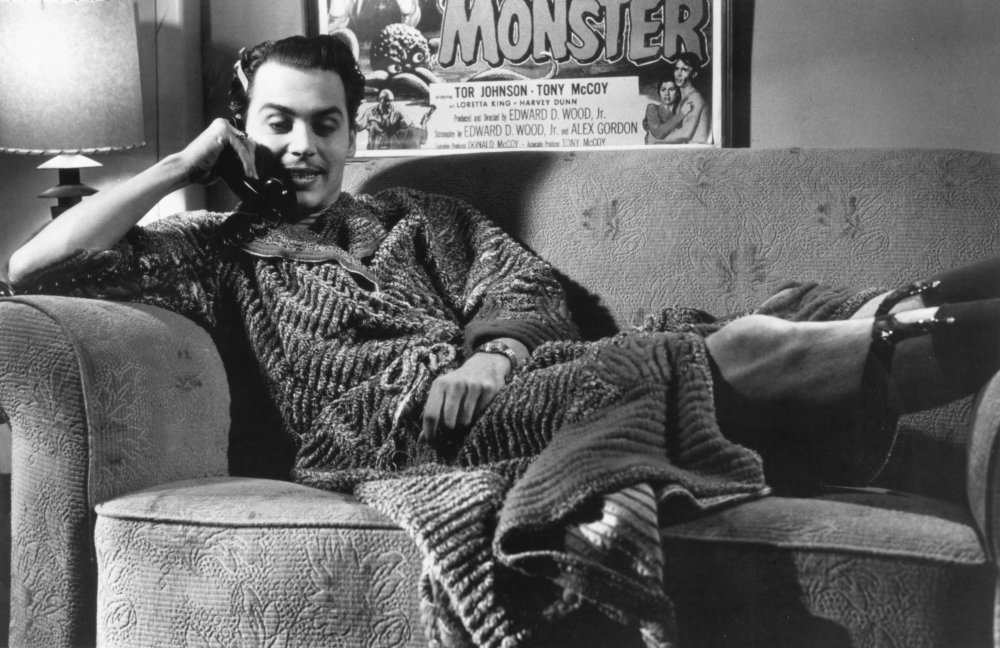
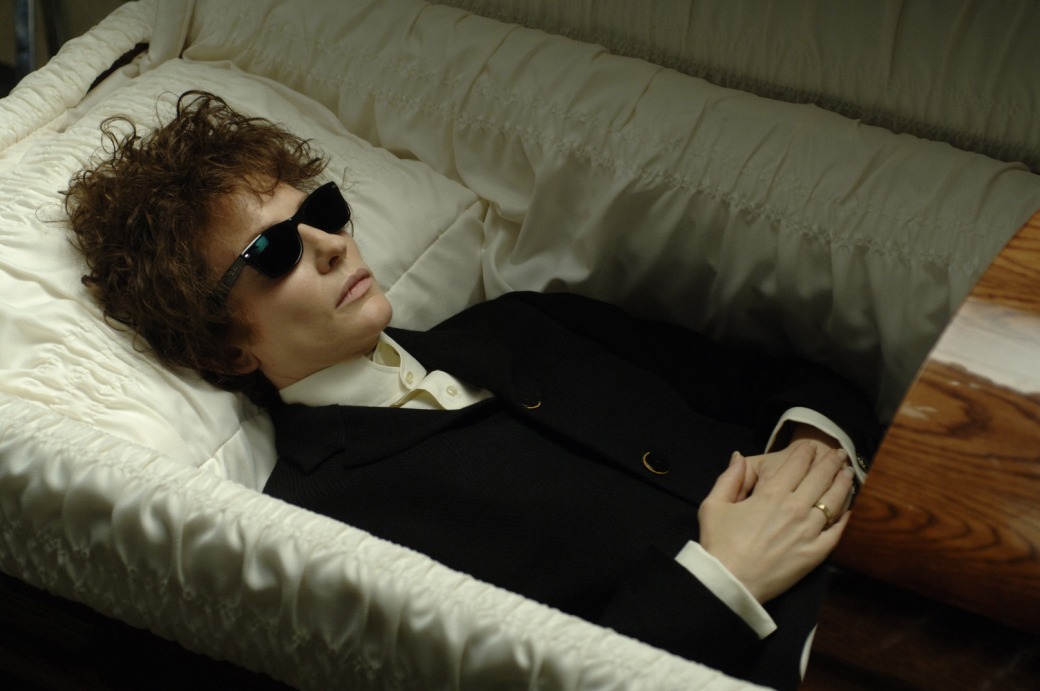
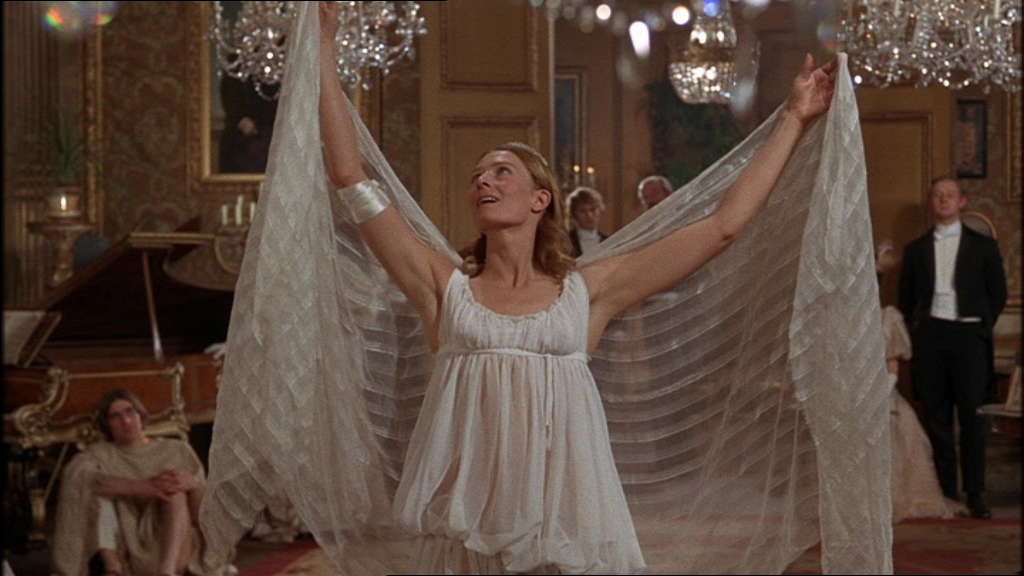
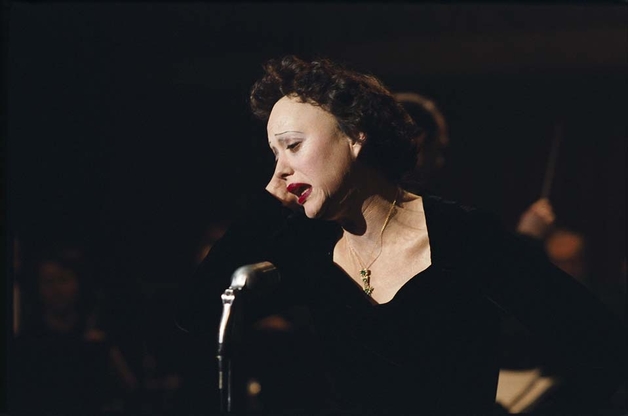
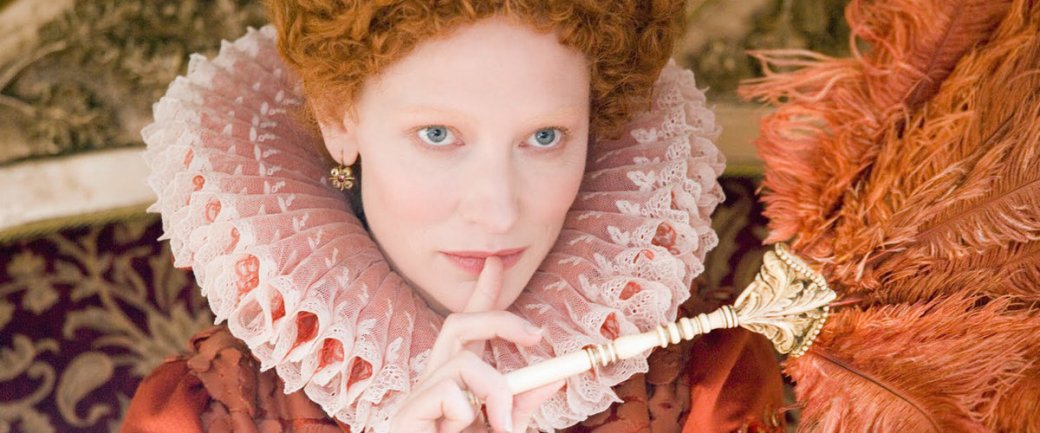
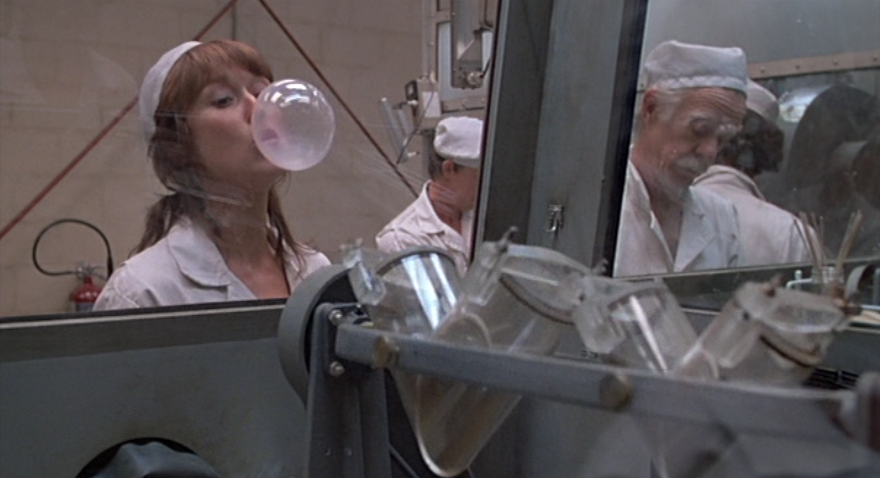
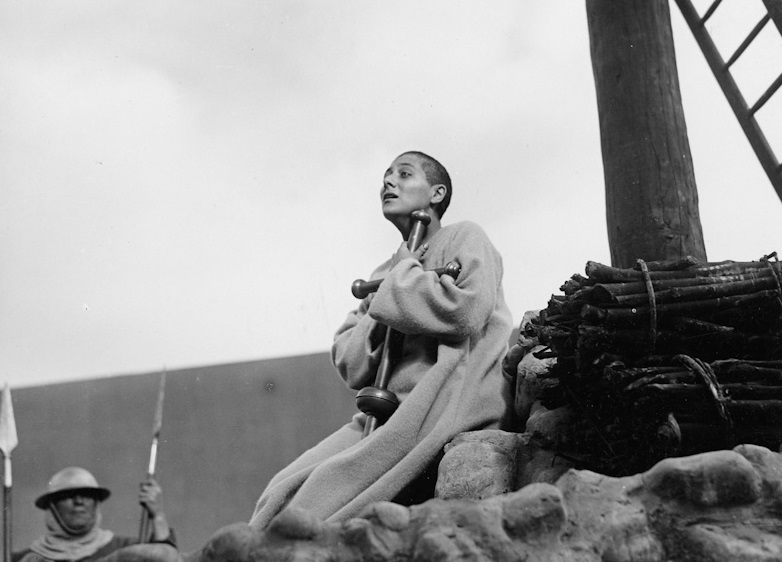

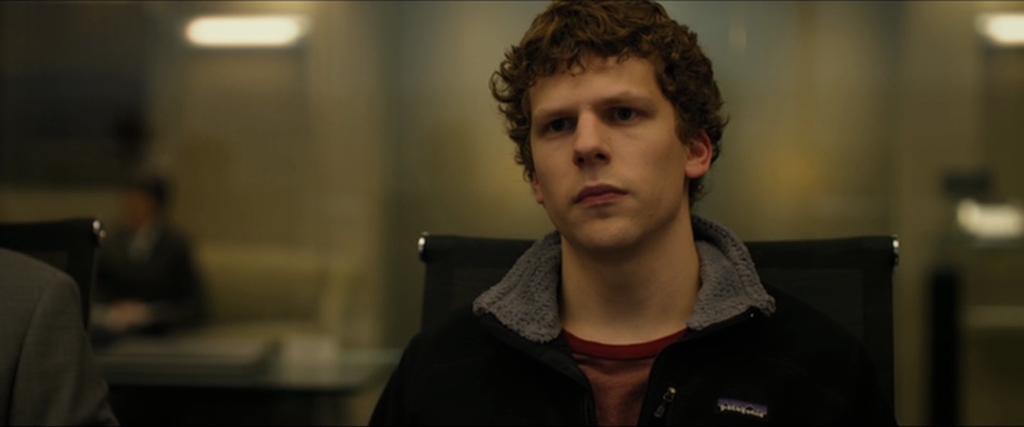
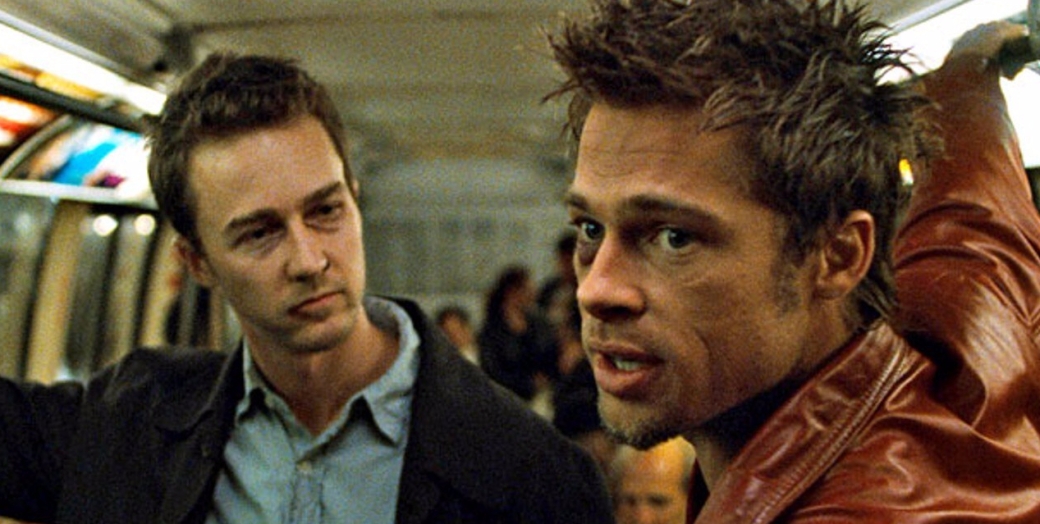
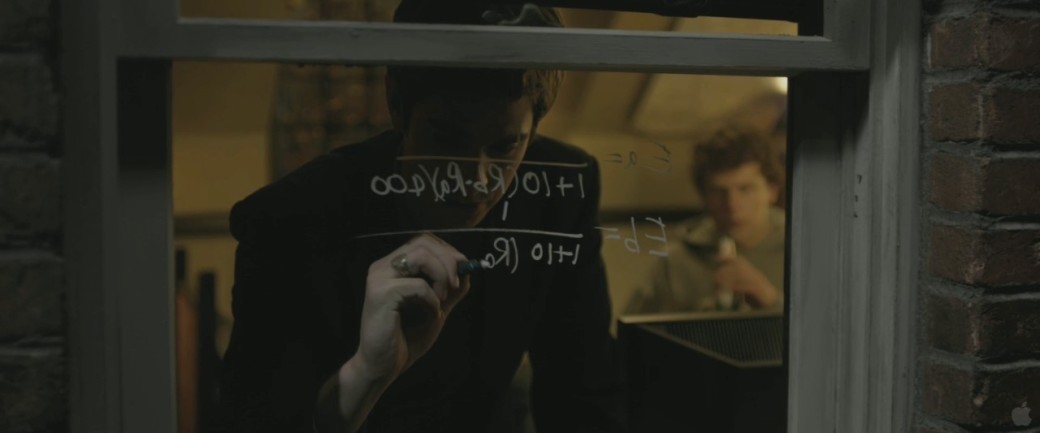
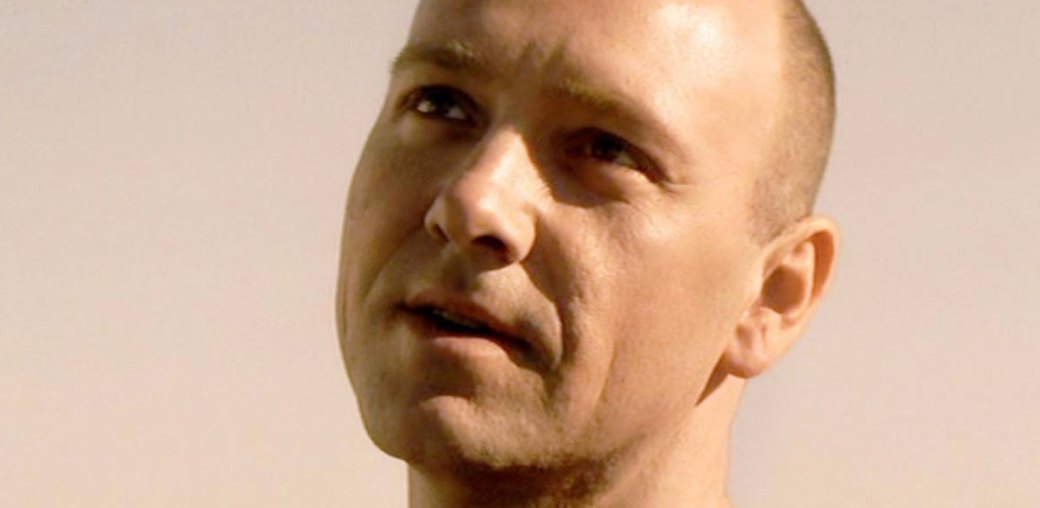




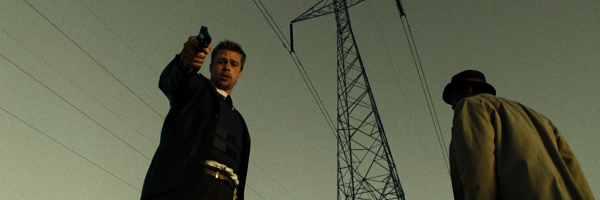
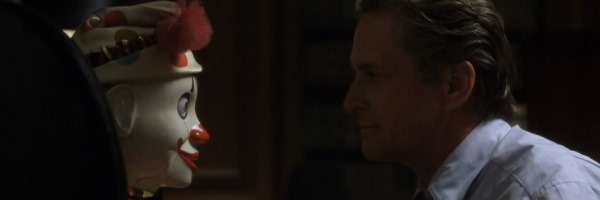

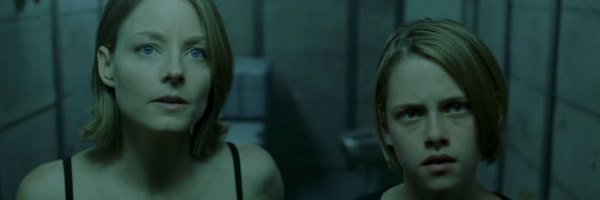
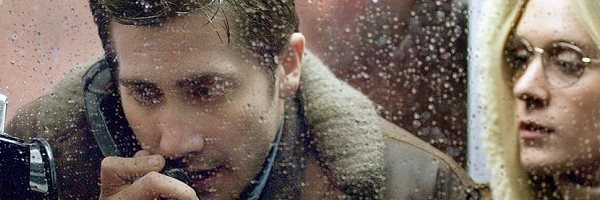

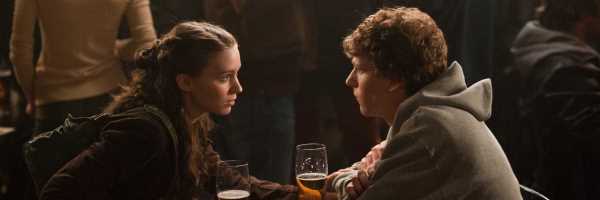
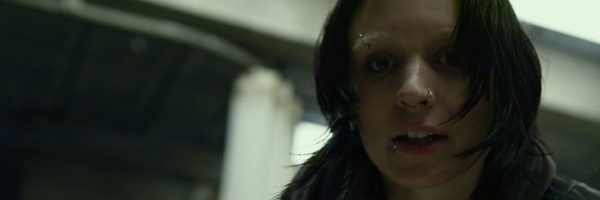
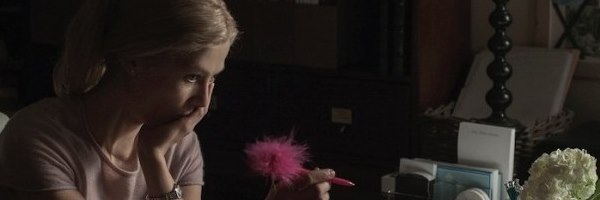

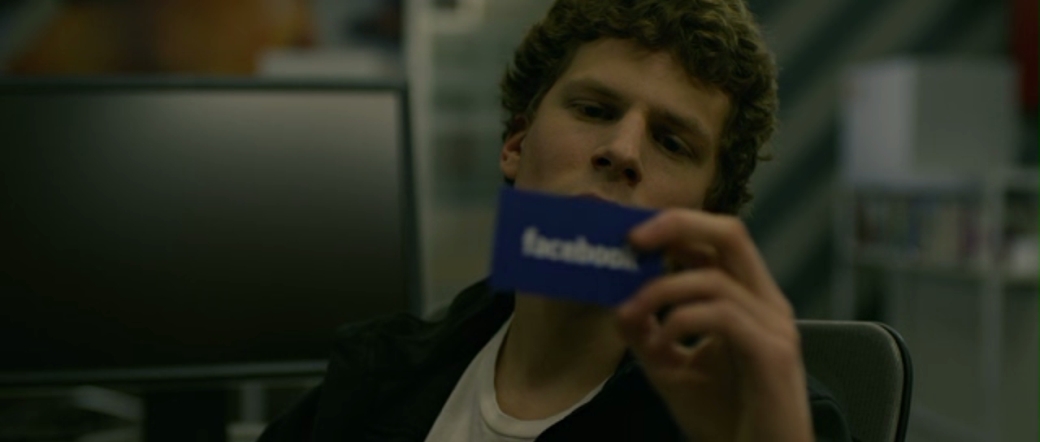
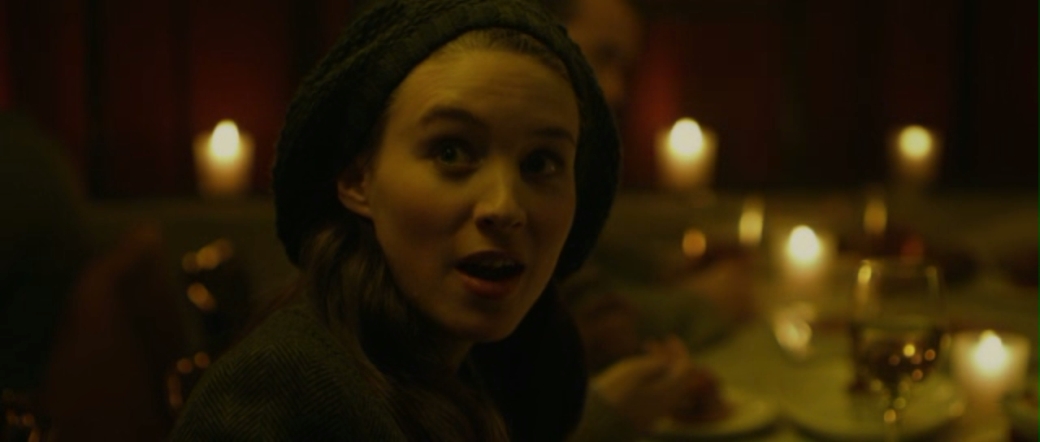
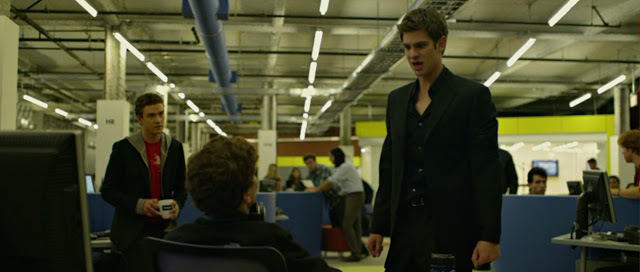


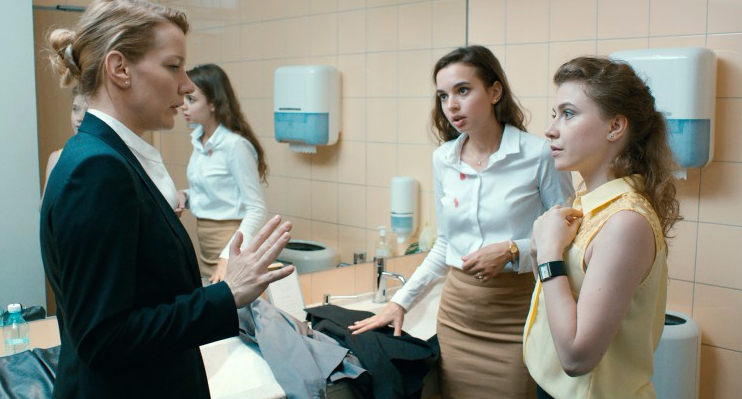

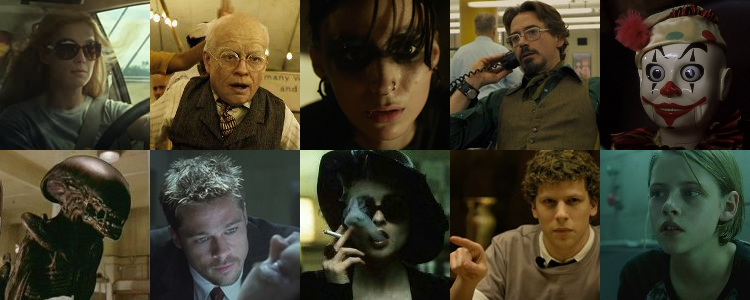

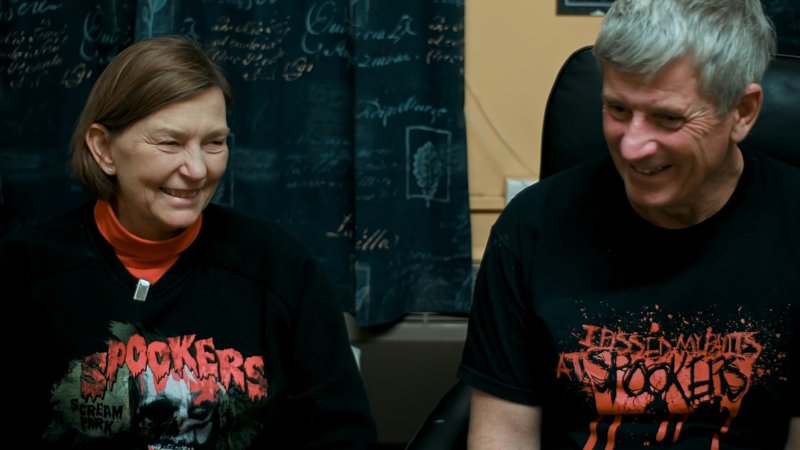
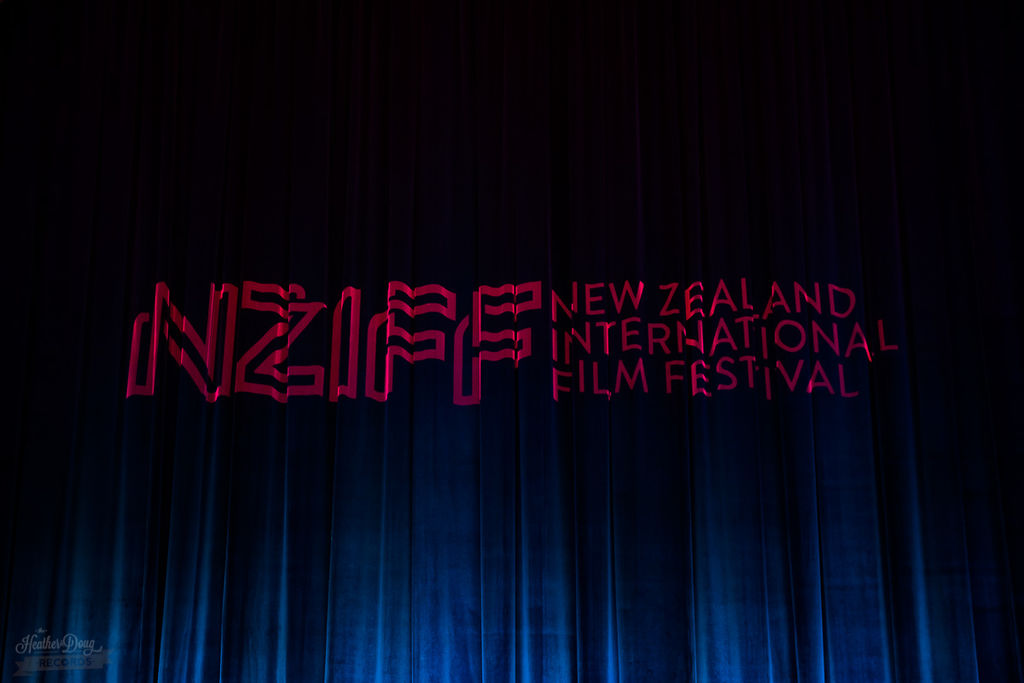
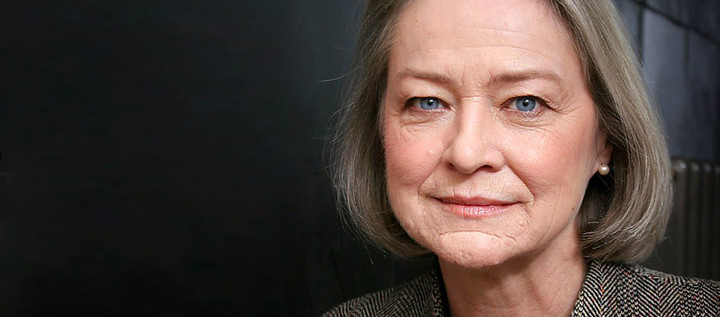

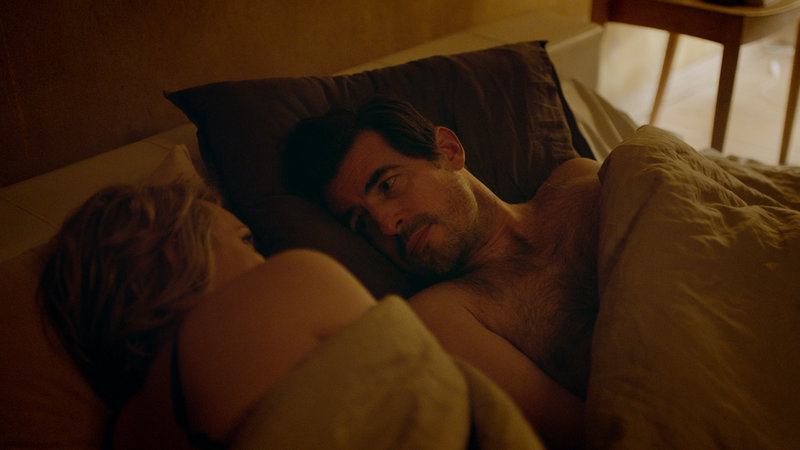


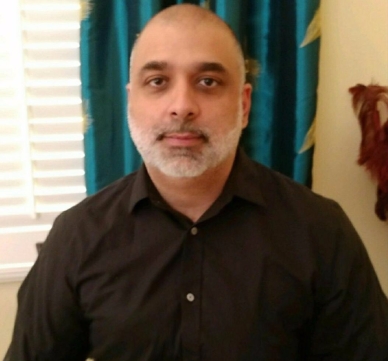


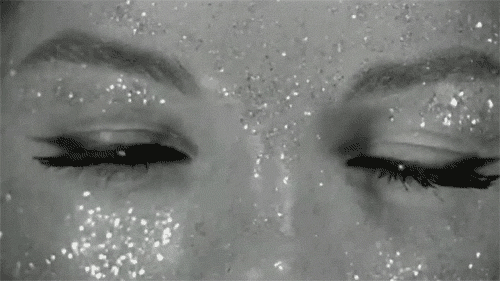
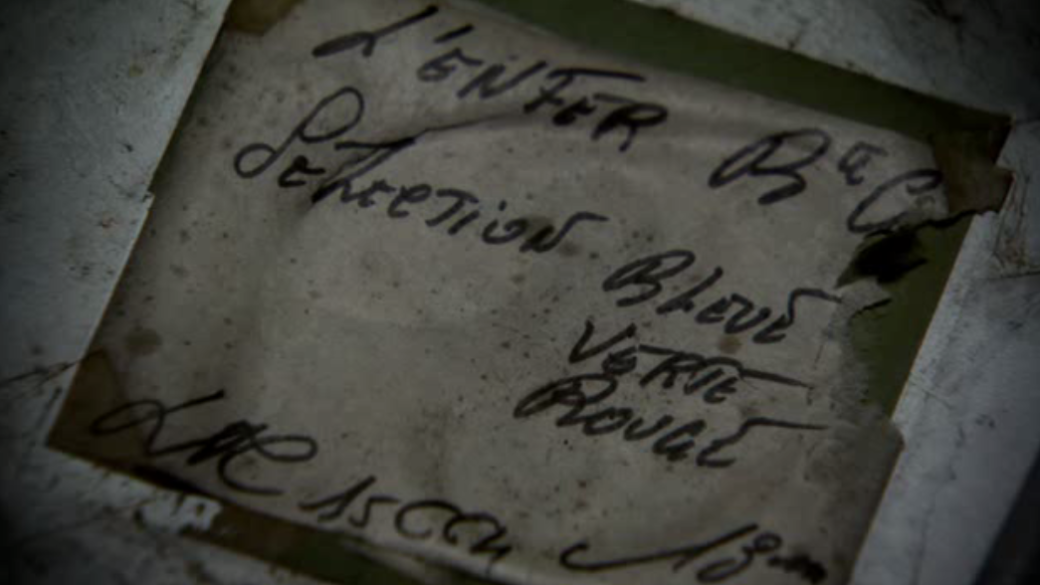
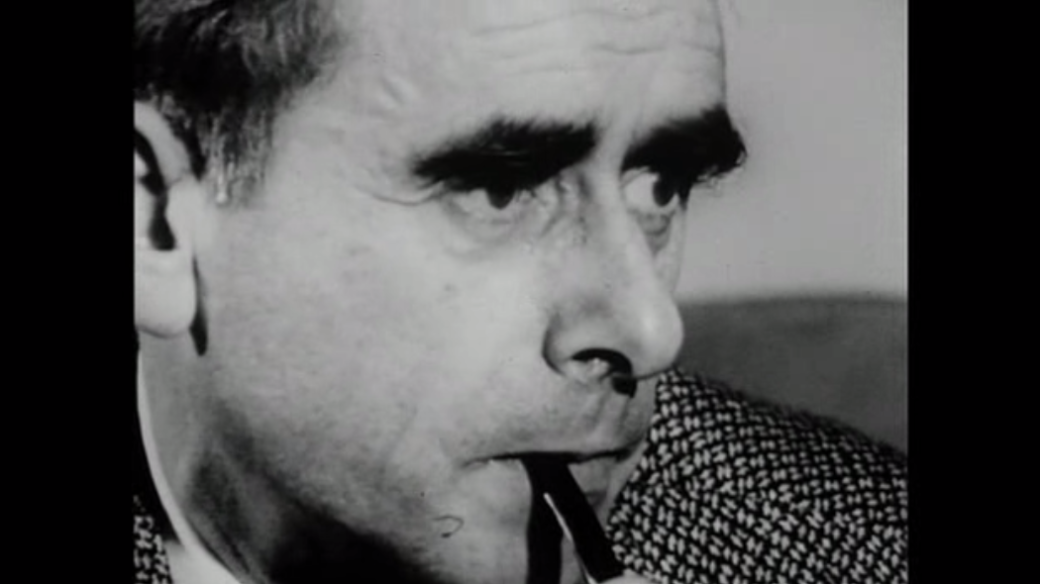

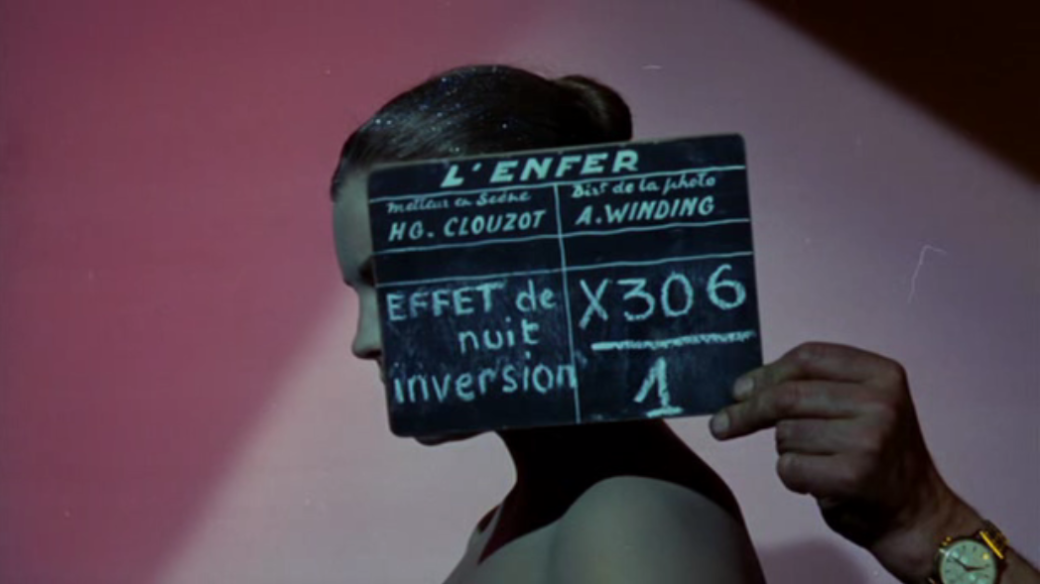
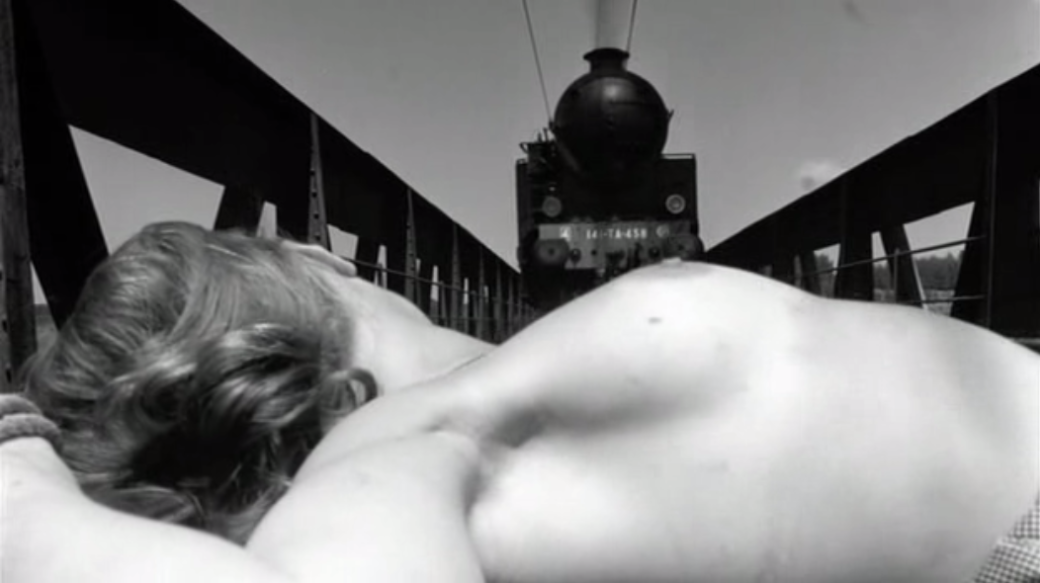
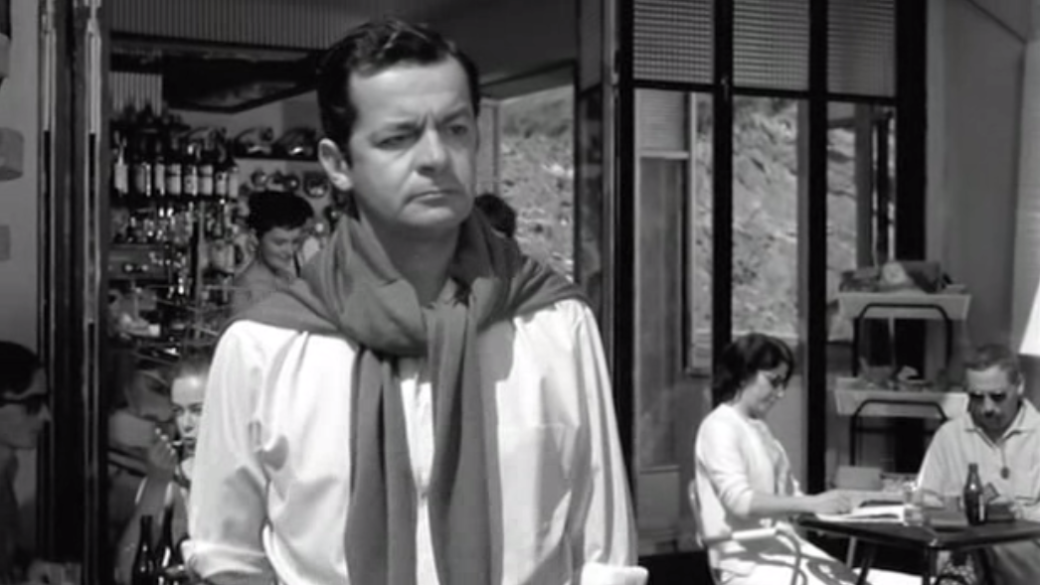
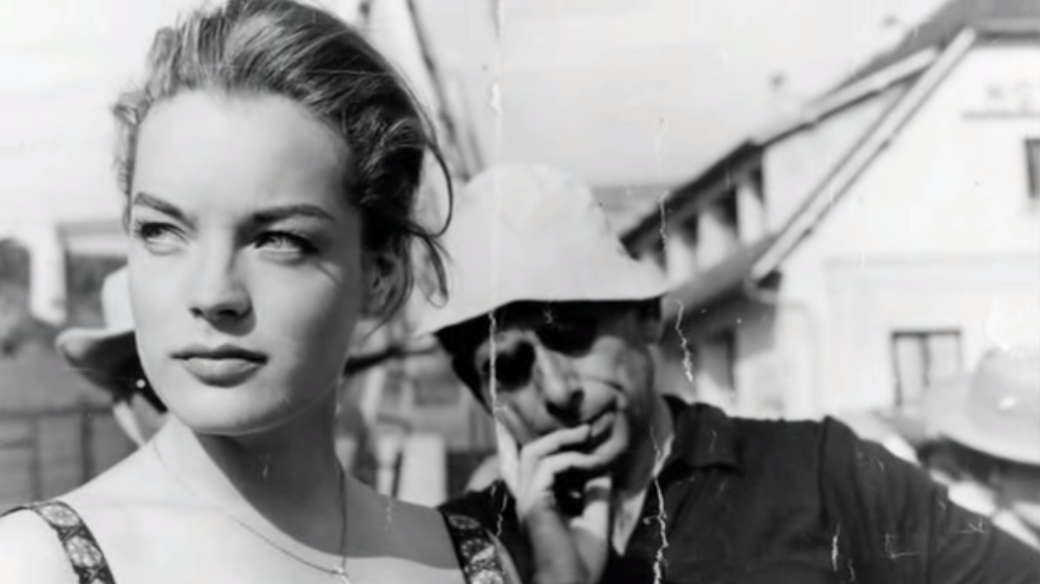

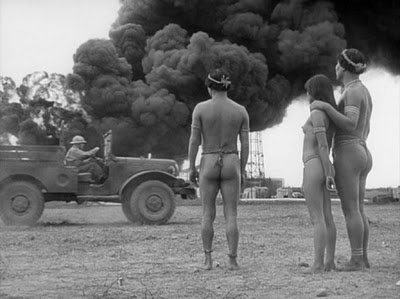
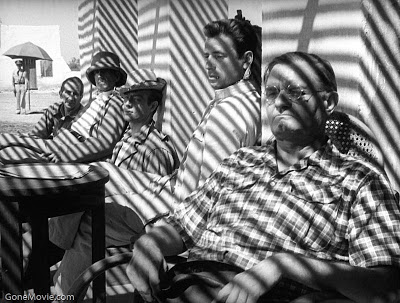
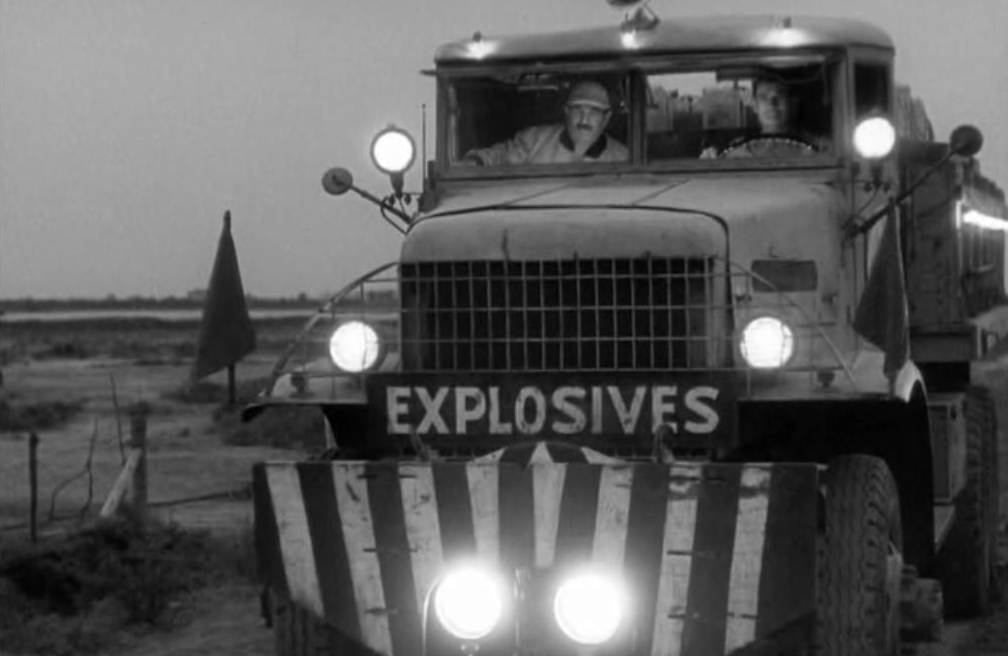
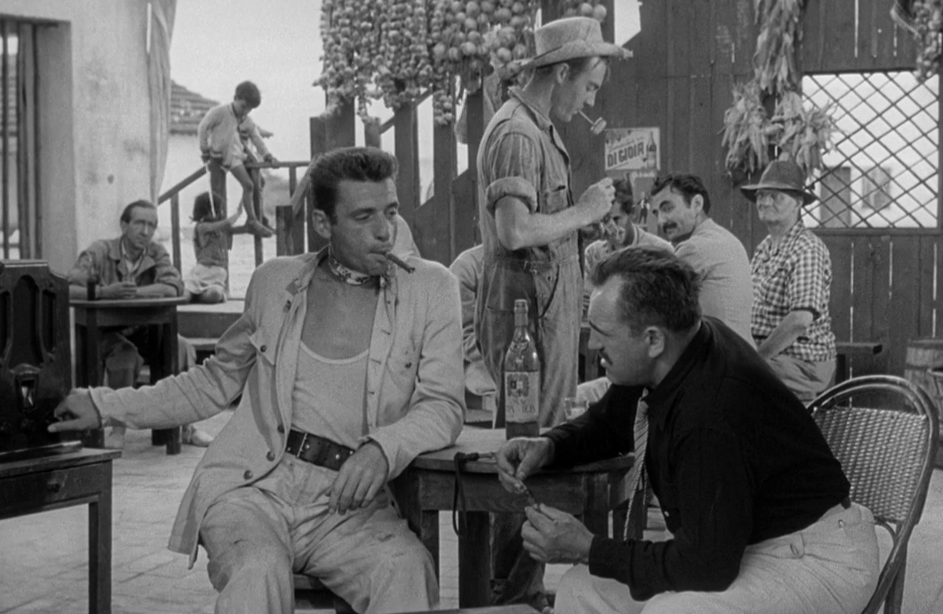
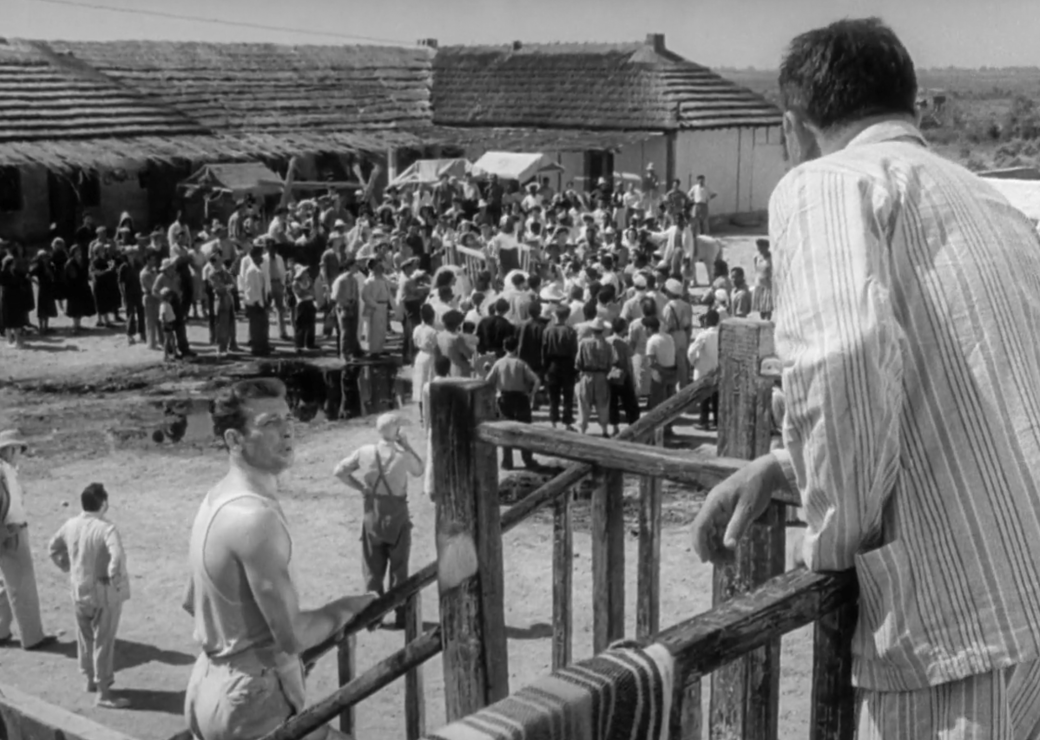

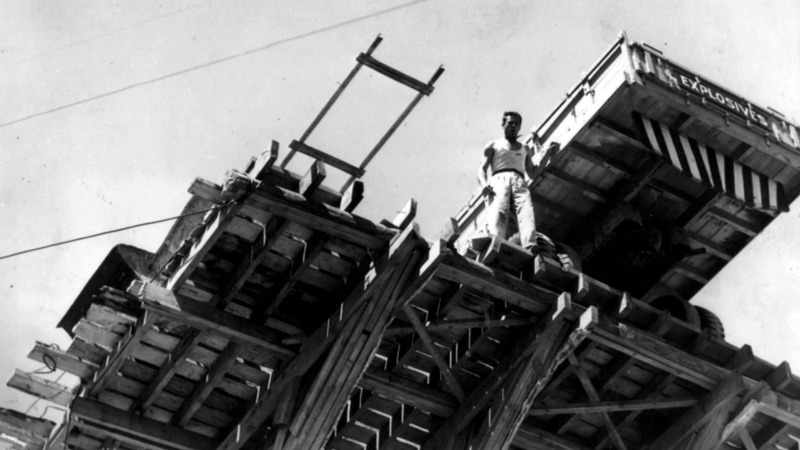
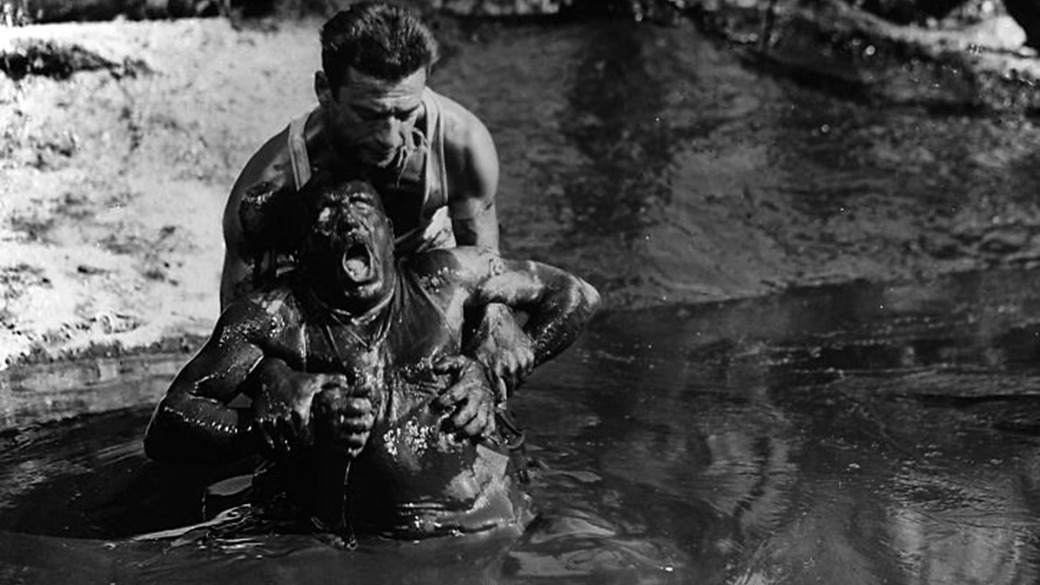
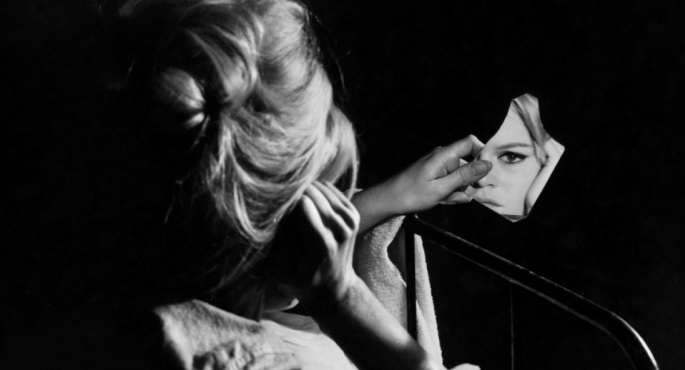

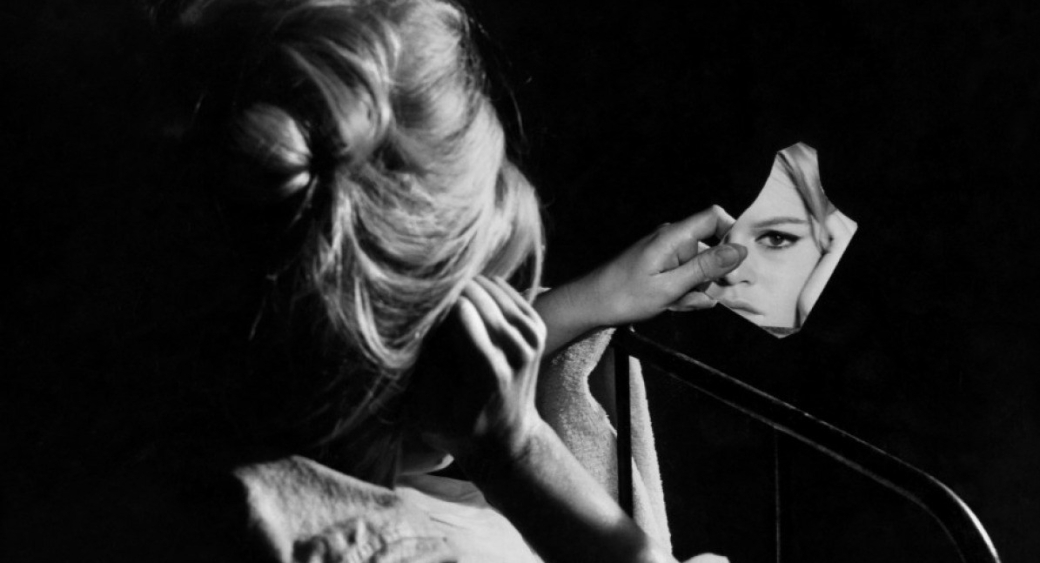


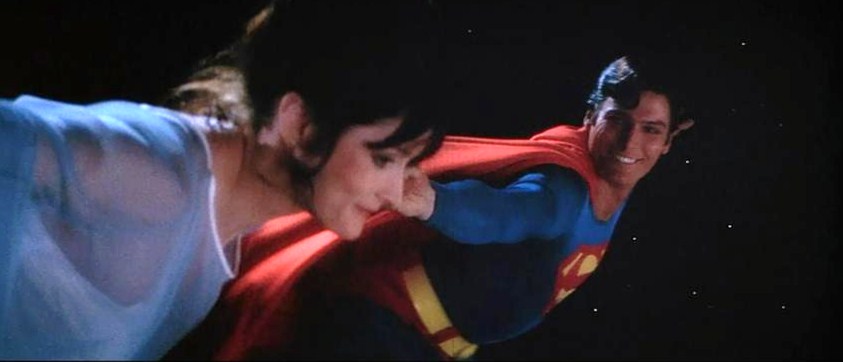
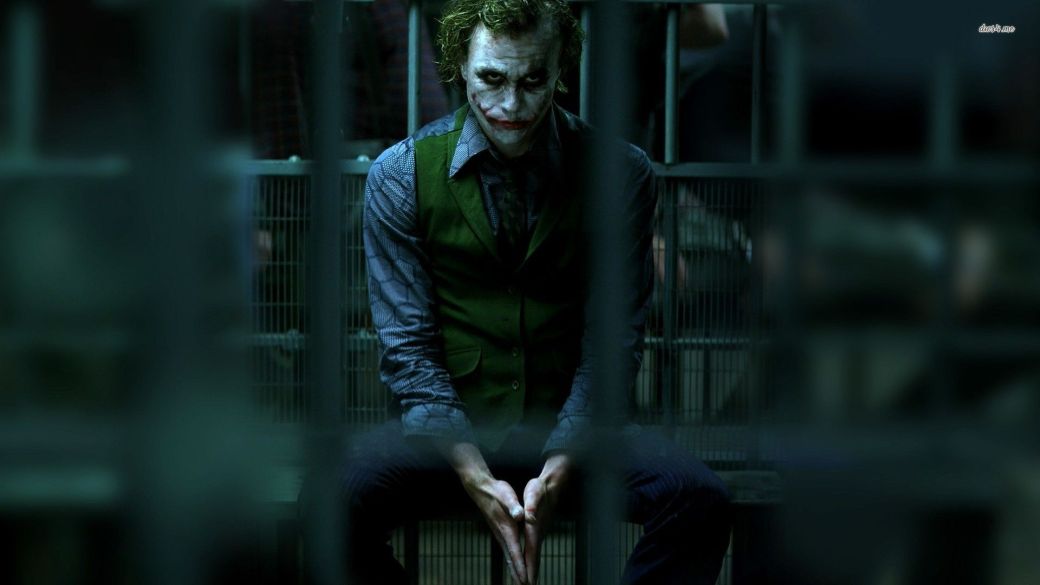



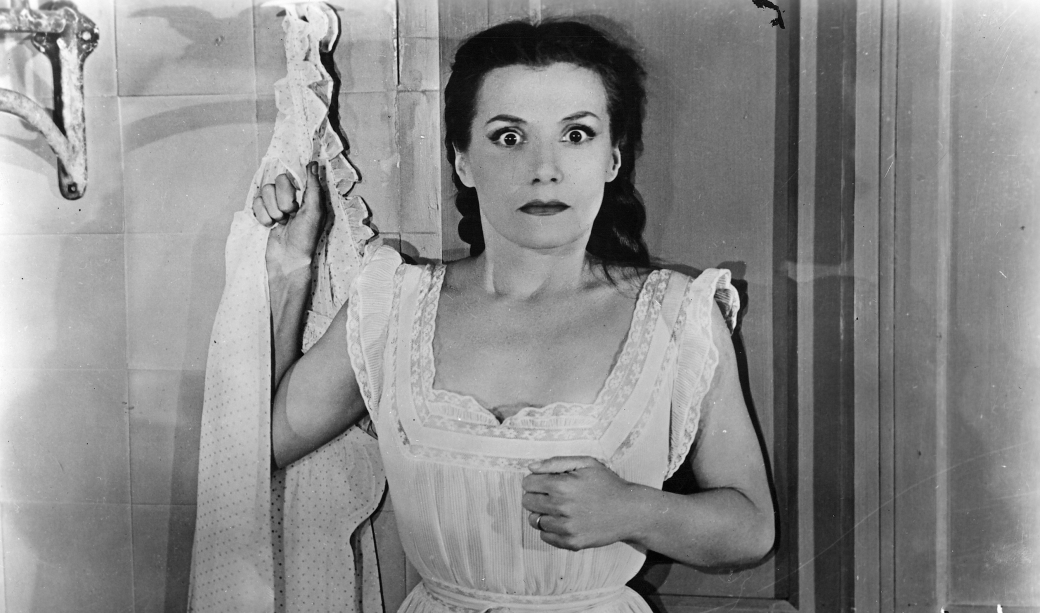
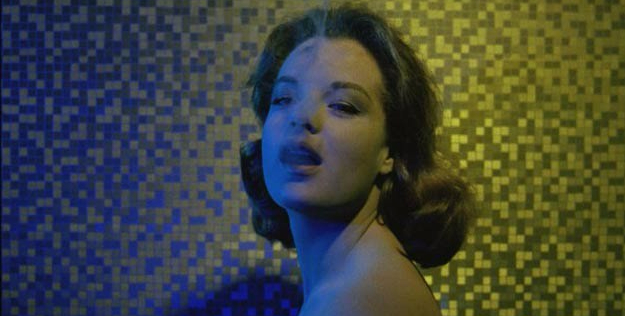

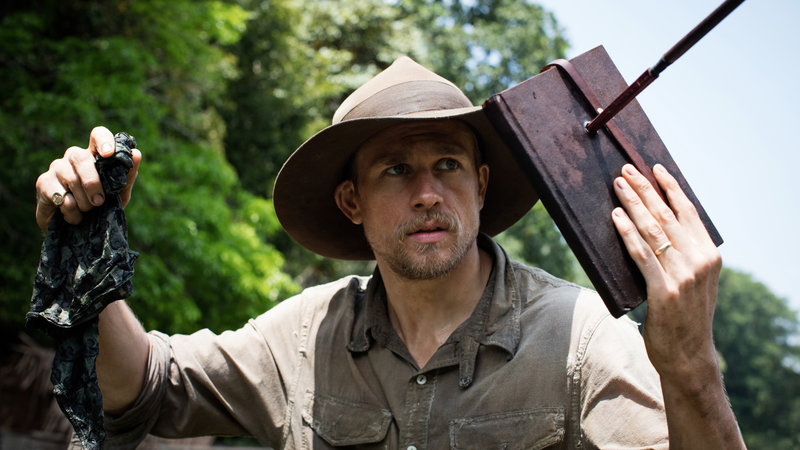
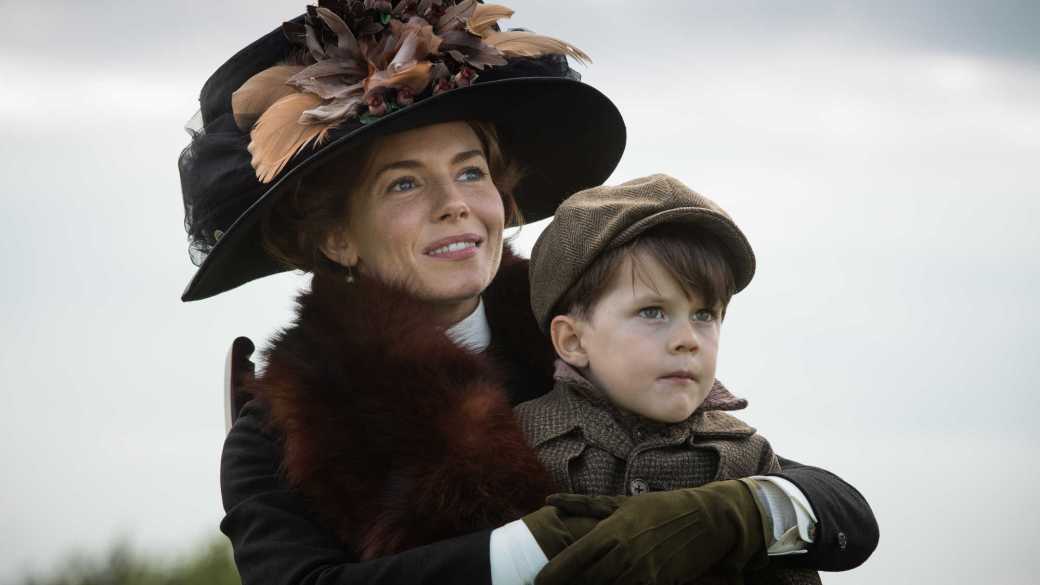
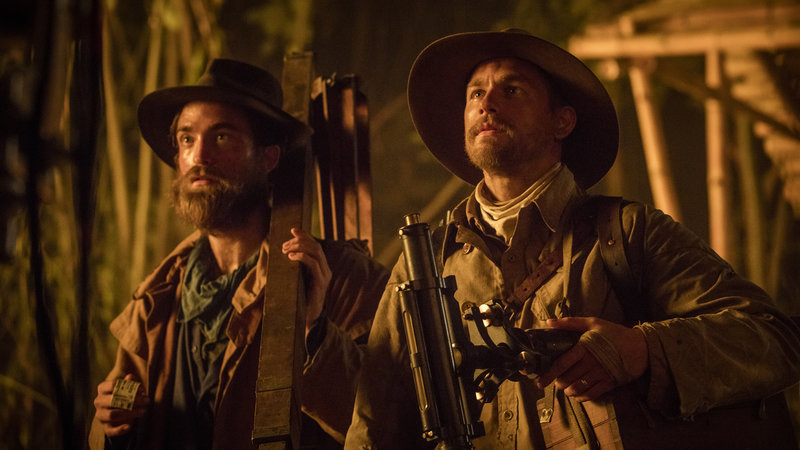
Recent Comments